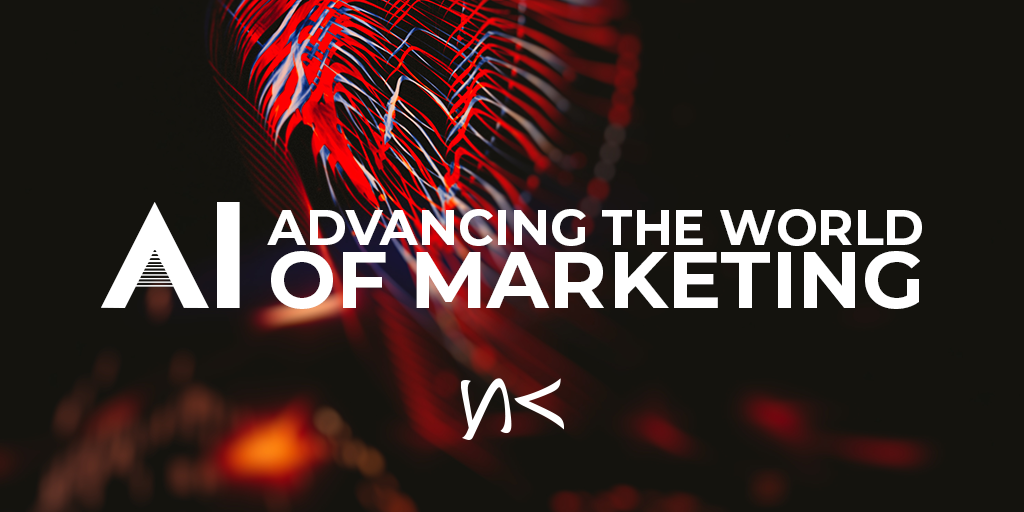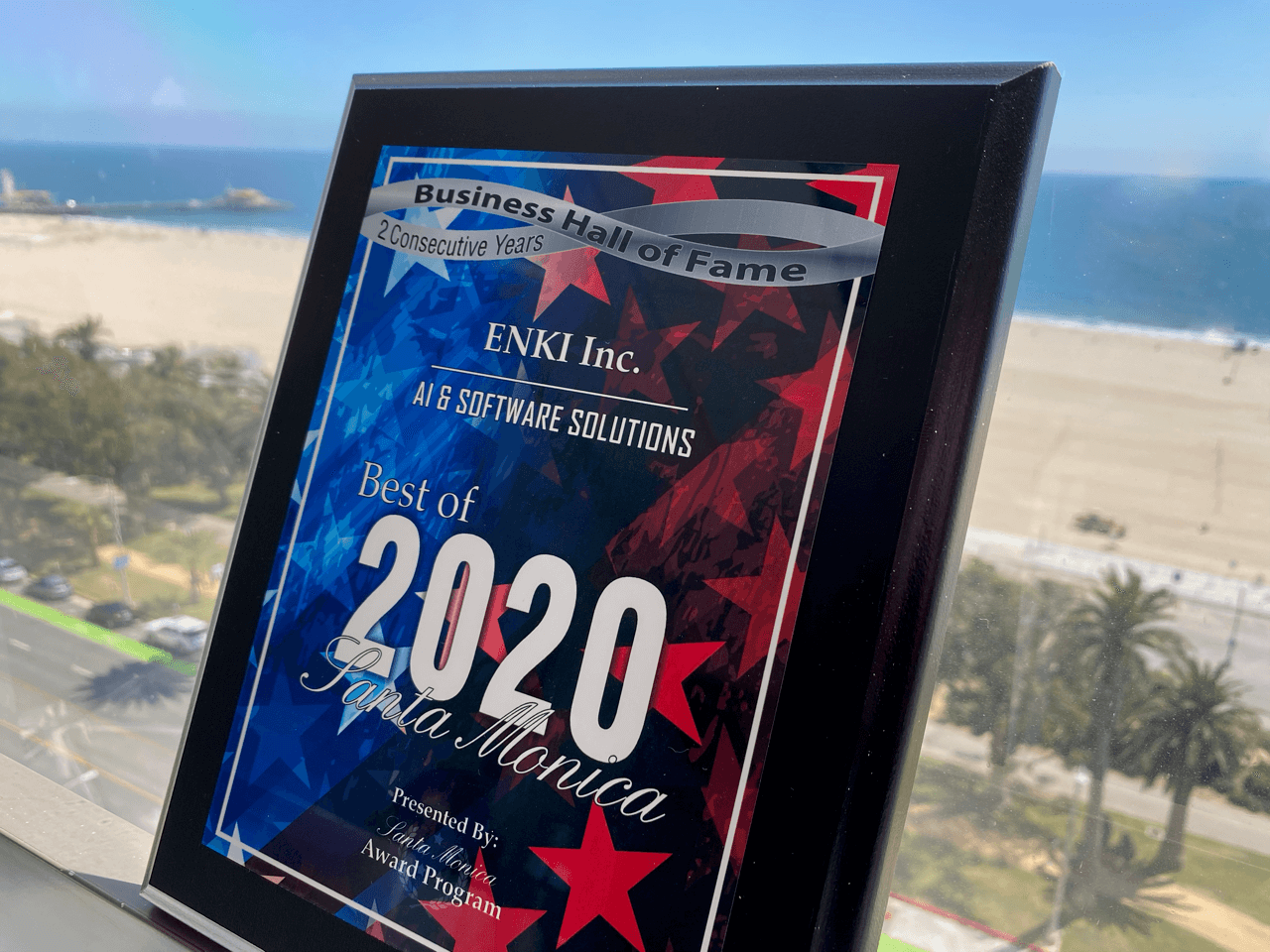
Transforming the World of Marketing
The purpose of any marketing strategy is to attract and maintain potential customers’ attention to increase the chance of a sale. To attract the most potential customers, marketers must be strategic in their approach, making sure that their possible audience feels seen. Before AI, marketers had to collect and process by hand. This process is time-consuming and arduous and not the most effective. In addition, when processing data by hand, there is a greater possibility for human error, which can set projects back if not found and fixed early. AI has allowed us to process a lot more data in a shorter time with much less risk of error. In addition, AI can be programmed to recognize patterns and draw insights from them in seconds, allowing marketers more time to focus on the creative and personal aspects of marketing. This means generating an advertisement that is much more personal and relevant to potential customers in a fraction of the time it used to take to produce a traditional ad.
Digital Marketing
In the age of the Internet, AI is an absolute necessity for marketing. To reach potential customers, product makers and service providers must meet them where they are. In the 21st century, this means reaching out to potential customers via the Internet. Most of us spend our time engaged with the Internet, either on our computers or smartphones. With eyes glued to screens, digital marketing is probably the most effective tactic a marketer can use to attract an audience. And AI can help marketers to produce digital content that matters to us. The data that AI can collect can help marketers generate leads and create marketing campaigns that are much more personalized. We know that customized marketing is more effective in attracting long-term customers, so producing engaging and individualized content is key to maintaining relevance. AI can process user data to make topics of interest and give digital content producers pertinent ideas to generate content. This means creating blog posts, videos, social media posts, etc., that feel personal and thoughtful. For consumers, having more personalized direct content is much more enticing than being deluged by a bunch of ads for products that they would never buy. The insight gathered from Ai can help marketers the customer’s interests in mind first.
AI and the Customer
AI can also be programmed to help solve customers’ problems while using a product or service. Businesses should do their best to answer any customer question about their product or service to provide quality assurance to their customers. But many companies, especially small to medium-sized enterprises, simply do not possess the time or the bandwidth to answer every question a potential customer may have. In this instance, AI can be a valuable tool to address customer concerns. Businesses can set up AI-powered chatbots on their websites to answer customer questions. with customers. Using the data collected from customers who interact with them, chatbots learn and grow to provide better answers and services to customers. AI is still in its infancy, so chatbots are mainly used to answer frequently asked questions. As technology evolves, chatbots can provide the same level of customer service as human beings.
Predictive Analytics and AI Powered Marketing
Picture this: You are scrolling through Instagram and suddenly have a craving for doughnuts. Next thing you know, an ad pops up that advertises a doughnut shop in your area. You think, “How did Instagram know what I was thinking?” The answer is predictive analytics powered by AI and machine learning. AI has the power to draw concrete insights about us from the data that we produce with our online habits. And this data can be used by marketers to create online content that is meaningful to us. For example, if you have an obsession with following K-beauty trends, AI will deduce that Korean skincare and beauty trends are interesting to you. With that insight, an algorithm can be used to generate K-beauty-related ad content specifically for you. This kind of targeted marketing is much more likely to generate sales, and it is only possible because of AI’s ability to process so much data. Every day, human beings produce more than 2.5 quintillion bytes of data, an amount of data that would be impossible to sort through without AI. AI allows marketers to understand customer habits better, but it can also ensure they generate and send relevant content to consumers without consumers having to look for it. AI can help marketers predict patterns, allowing them to plan and execute marketing campaigns much more strategically and with a lower chance of error.
With anything involving the personal data we produce, there is always a concern about our privacy and safety. As AI evolves, so must our laws on what information companies can and cannot use. In marketing, AI should be used to put customers’ needs and interests first and help businesses create innovative and creative marketing strategies that keep their customers in mind.









